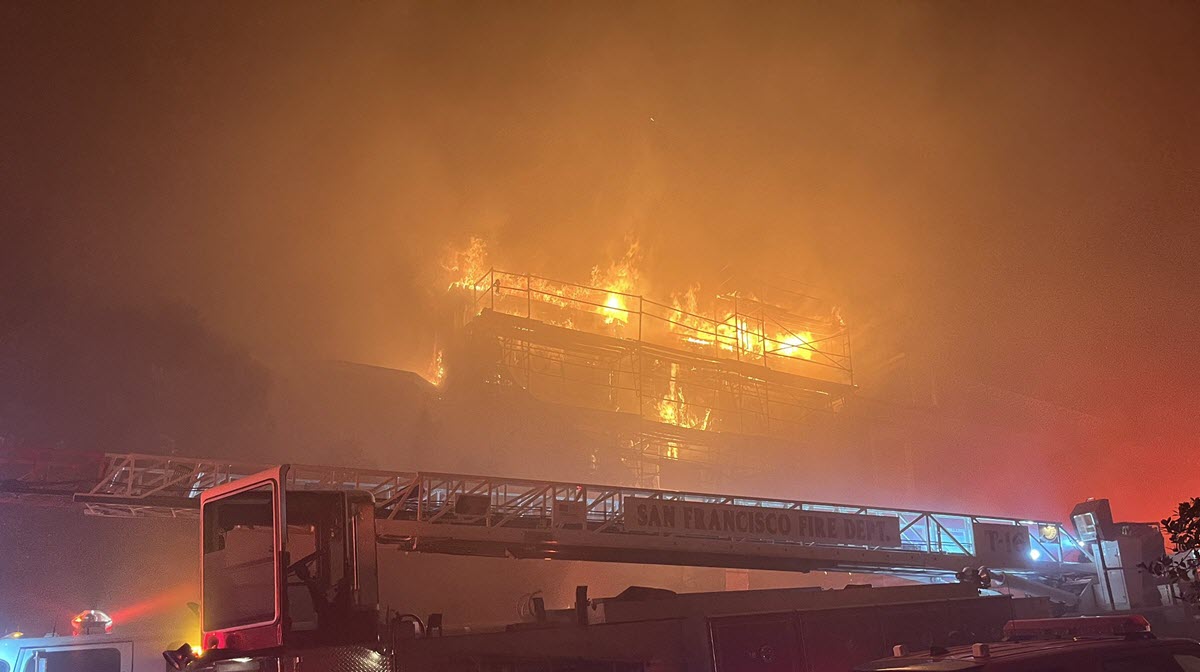Damning PG&E internal documents shown to a jury on Thursday appear to bolster prosecutors’ contention that the utility sought to maximize profits at the expense of safety.
The company stands accused of a dozen pipeline safety violations and a lone count of obstructing the National Transportation Safety Board probe of the 2010 San Bruno pipeline disaster that left eight dead and 38 homes destroyed.
While PG&E has repeatedly insisted it never put profits above safety, Assistant U.S. Attorney Hartley West showed the jury its "Corporate Business Priorities" list from 2008 that put increasing earnings first and safety last among five goals.
A PG&E Corp. Powerpoint presentation from that same year appears to outline a three-year business strategy. It specifies what was and was not "up for debate" in that strategy. The debatable topics included "safety" and "reliability."
"What is not up for debate?" the document’s unnamed author asked. "8 percent (earnings per share) growth."
West then showed retired engineer William Manegold internal documents that reflected engineers' worries about the cost-cutting in the years before the San Bruno blast.
A 2009 pipeline inspection budget, one engineer said, was "very low" and would leave "many high-priority reliability projects unfunded." The shortfall, the engineers warned, posed the "greatest risk" to its inspection effort and would trigger "more frequent breakdowns of equipment and higher emergency repair costs."
Local
A plan to put still greater reliance on a cheaper, above-ground method of inspecting lines for corrosion, the engineers cautioned, would result in a "much less thorough evaluation of a pipeline," over more expensive, high-tech, in-line inspection tools known as pigs.
Manegold acknowledged that he testified before a federal grand jury in 2013 that "cost was the primary driver" in selecting corrosion-only inspections over other methods.
West also showed Manegold emails related to the lone obstruction charge in the case – in which prosecutors assert that the company misled federal investigators in 2011 by denying having a policy to avoid costly inspection on its pipelines after pressure surges of less than 10 percent of allowed maximum levels.
Manegold, in a 2008 email, warned that a federal pipeline safety auditor had stressed that when it came to inspections after pressure exceeded allowed levels, "one pound over was one pound too many."
But when one engineer suggested to Manegold that the company should ask for federal regulators to decide the issue, Manegold responded in an email that he was "somewhat reluctant" to ask because PG&E had not even been monitoring such pressure fluctuations.
Manegold concluded in email exchanges that the company would have to have a technical justification to make such a request and that he hoped other companies would help PG&E to "push for" an exception for surges of less than 10 percent. That never happened.
Having to perform such tests after pressure surges, Manegold said in another email in 2009, would be a "big deal."



